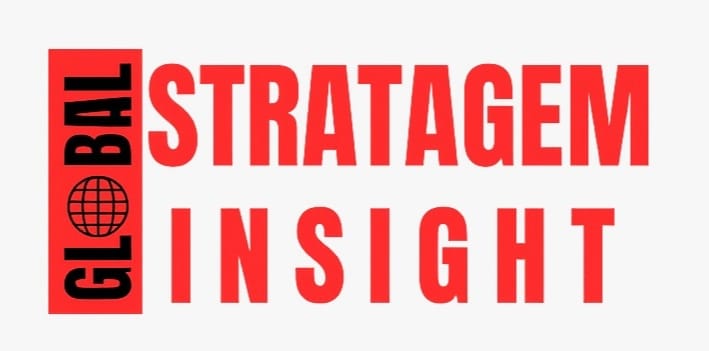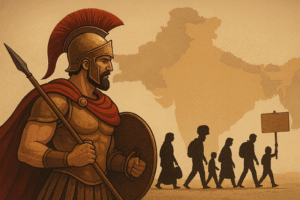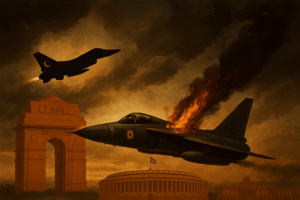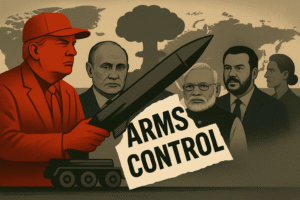Warfare Without Borders: The Unfolding Security Crisis of 2025
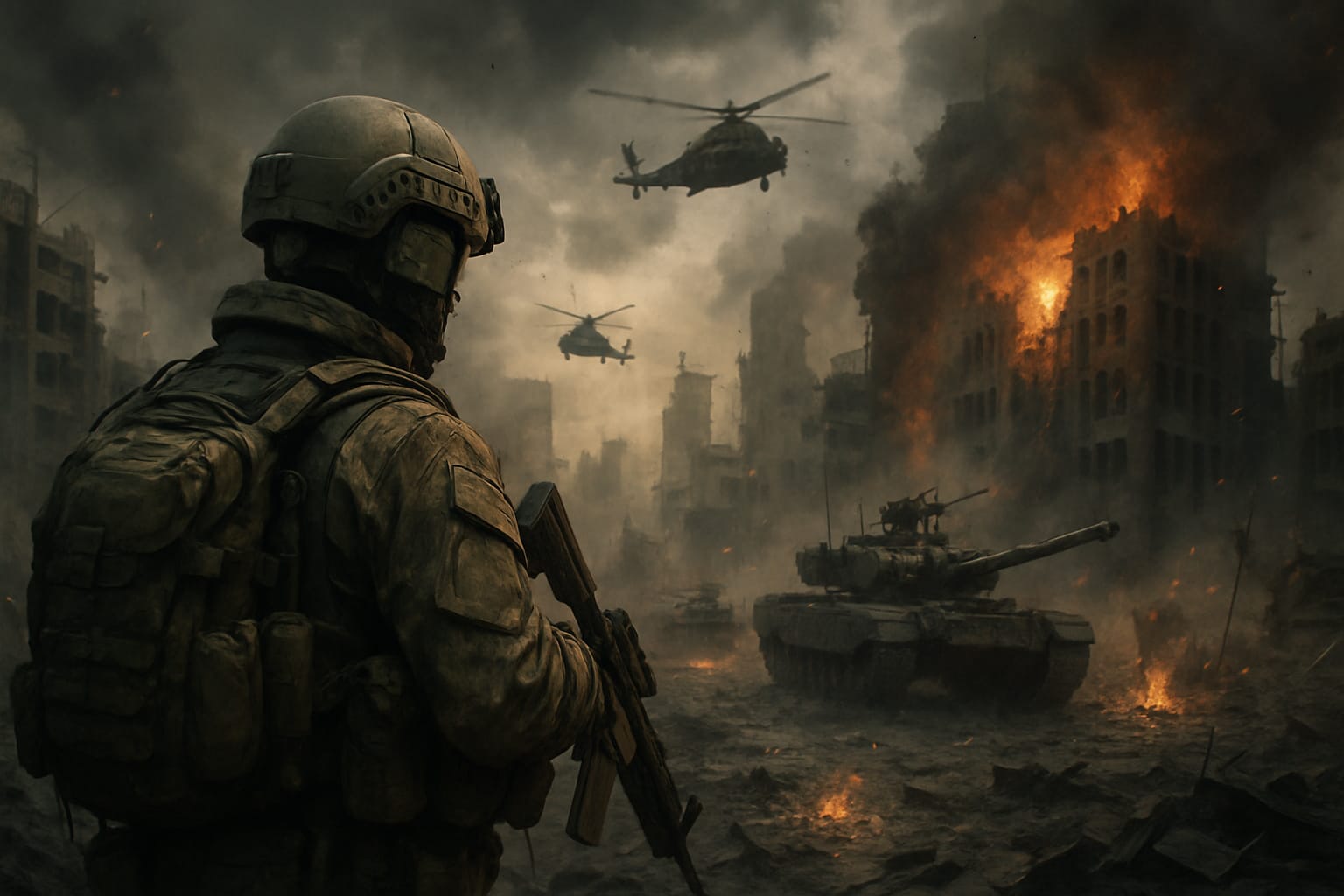
A soldier surveys a devastated urban battlefield, symbolizing the global security challenges of modern warfare in 2025.
We have opened eyes in such an era where man possesses the ability to kill itself several times over. The crack of dawn of nuclear age was presumed to bring humanity into an era of prudence where the high costs of war and its sheer catastrophe would impel nations to seek peace through talks , diplomacy and deterrence. Up till now, eight decades of the devastating Hiroshima’s incident , the existence of nuclear weapons have not wiped off war rather altered its forms.
The global order has fragile assumptions that rationality and peace will prevail , red lines or limits will not be crossed and mutual assured suicide and the immense cost of war will be enough to have the adversaries stay away from indulging in war . But history particularly in 2025 defines a complete different story. This year 2025 has become a graveyard for peace narratives and it proved wrong the illusion of international stability. This year has let us into a strategic nightmare where a mere one conflict ignites other and a chain reaction follows. The emergence of large scale conflicts around the globe is not just a coincidence, it shows a deeper systemic decay.
Deterrence once considered as a stabilizing force is now vague in front of the escalating tensions and reckless state behaviors. The strategic balance that once kept adversaries at arms through fears of escalations and mutual suicides has now began to collapse. The layer of nuclear deterrence as a stabilizing force is dangerously thinning. Even though nuclear signaling remains, presence of constant military mobilization , missile and weaponry tests and clandestine threats urges neither side to step back. Strategic ambiguity is used not to prevent or wipe off war but to wage it under the cover of “deniability”.
The year of 2025 unleashes the myths of deterrence and brings us to a turning point where norms have failed, alliances disrupted and violence has taken control as a central driving force of geopolitics. From the bloody battle field of Ukraine to the shattered streets of Gaza , the screaming and thundering skies of Iran, and the smoke filled Kashmiri valleys , the world appears to be trapped in a cycle of war. Around the globe wars are no longer the exception, but the norms.
In Eastern Europe Russia’s slow motion war against Ukraine still persists inspite of the years of Western support to Kyiv, which gives us a proof that economic sanctions alone cannot deter great powers having revisionist intention. In the middle East Israel’s military conflict with Iran marks an end to the decades long cold war and the continuous bombing of Gaza has unmasked the worst humanitarian crisis of the history. Pakistan and India in the South Asia have increased their rivalry over Kashmir to a dangerous point,resulting in the exchange of fire attacks ,cyber threats and proxy wars in the shadow of their nuclear arsenals.
South Est Asia once seen as a region of relative peace has entered the lists of hotspots. The sudden outbreak of conflict between Cambodia and Thailand over a border dispute determines how minor conflicts can catch fire in a global environment and turn into bloody conflicts. The emergence of recurrent wars in several domains of world determines that deterrence once the basic pillar of global security has either collapsed or intentionally ignored by assertive state actors or powerful non state actors.
These wars are the eruption of a strategic anarchy. This indicates a change in the way states view costs and benefits in the competition for influence. The original concept of deterrence which is avoiding war by threatening decapitation strikes is being redefined. Instead of preventing war ,in 2025 deterrence is used to justify it. Israel’s bombing of Iranian nuclear installations were defended as preemptive strikes.
India’s hostile stance in Kashmir was defined as deterrence by punishment. Russian nuclear signaling is defined as strategic deterrence against the West, but if everybody thinks their brutality is a defence escalations are unavoidable. In the contemporary world deterrence is failing not because it is irrelevant but because it is misunderstood. It depends on rationality, but rationality is relative to domestic politics, strategic culture and leadership psychology. It depends on retaliation, but the rise of non state actors, cyber war and proxy war has made retaliation and attribution difficult .
It depends on restraint but when political leaders are nationalists, survivalists, or victims of perceived historical grievance, restraint is misinterpreted as weakness and preemption is policy. In South Asia the July 2025 military stand off between Pakistan and India is a demonstration of fragile nature of nuclear deterrence in a crisis prone region. The distinction between conventional and nuclear war is razor thin particularly when both sides practice brinkmanship and when political authority claims national legitimacy through demonstration of military power. The practice of psychological operations and cyber warfare has blurred the threshold of escalations. Deterrence in this case works not as a shield but as a tight rope; one step away from disaster.
In the Middle East deterrence has not only failed at state level but also between them. Non state forces such as Hezbollah and Hamas operates outside conventional deterrents. Their incentives are not within material costs rather are sacrificial , ideological or existential. Israel’s immense firepower has not removed these players; it has frequently sustained their cause. Iran’s employment of proxy militias enables it to retaliate without any direct confrontation,hence avoiding direct deterrence framework of state to state war. This results in a region trapped in fixed low intensity conflict, with periodic horrific escalations. The different conflict patterns of 2025 unmasks the normalization of war as a strategic tool.
A new strategic culture has been introduced which normalizes the acceptance of short term war as a manageable cost for long term gains, be it territorial , ideological or political. This imposes a threat particularly in regions like South Asia, where the existence of nuclear weapons once acted as a safety shield but now serves as a cover for conventional aggression under the threshold of all out war. When both the adversaries believe in the handling of escalations without tripping into nuclear catastrophe, the chances of miscalculations becomes severely high. The global institutions constructed to contains such crisis are immobilized, the UN security council is crippled by geopolitical rivalries.
Internal divisions have bogged down NATO, and the silence of ASEAN regarding Cambodia and Thailand exposes the restriction of regional diplomacy.2025 is not just a chapter of mass violence but an eye opener for strategic thinking. It compels us to pose different question; is deterrence still a credible idea in the era of hybrid wars, AI based propaganda and decentralized violence? Can nuclear stability still persist when various conflicts push strategic adversaries at the knife’s edge? And above all can the world still revert to rule based order or is it just sliding irreversibaly into a managed chaos? 2025 could well be the year. Whether we collapse or retreat will be determined not by weapons or coalitions but by wisdom, restraint and the courage to learn from our ruins.
